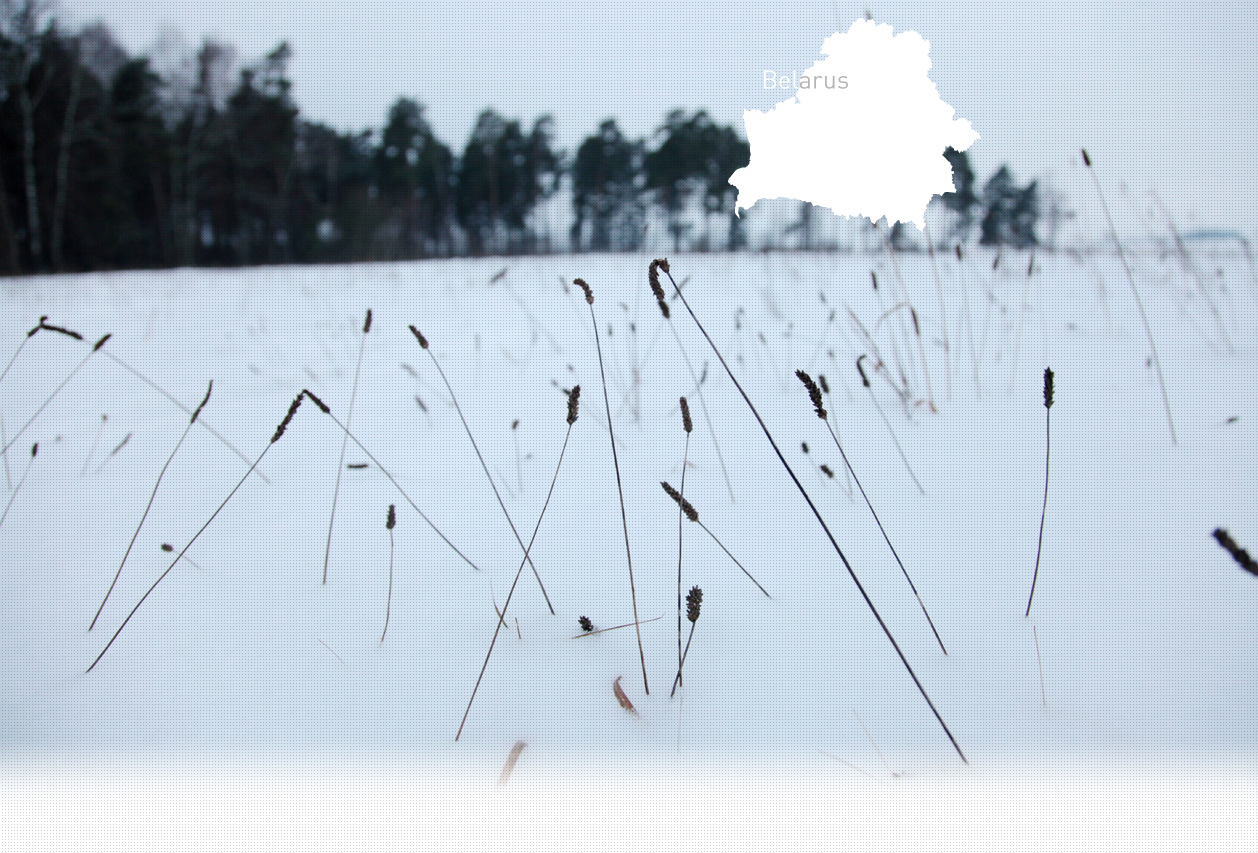

1 Killing site(s)
Afanasiy S., born in 1931: “The German soldiers formed a security cordon around the site of the shooting of the Jews in the cemetery. But certain Jews tried to run away anyway. They were shot on the spot. We tried to watch the scene with my friends, but we were chased away by local policemen.” (Summary taken from the testimony n°826, interviewed in Shchedrin on June 24, 2014).
“The present act has for its objective the examination of the bodies of the Jews brutally murdered in October 1941 in Shchedrin. The examination of the pit situated 1 km north of Shchedrin, showed that it measured 20m. During the opening of the pit, we discovered bodies. They were completely decomposed. Bodies were arranged in a chaotic way; most of them were completely naked.” [Act of The Soviet Extraordinary State Commission, drawn up on July 30, 1944, RG- 22.002M. 7021-82]
Shchedrin is a small town located 35 km southwest of Bobruisk. It was founded as a Jewish colony in 1842. According to the 1926 census, there were 1759 Jews living in the town. In 1929, a Jewish kolkhoz was founded. The city was occupied by German troops in July 1941, and very few inhabitants of the city were able to evacuate.
The Jews were allowed to stay in their houses until early August 1941, when they were forced into a ghetto made up of two small streets named, « Sair gas » and « Bod gas ». The ghetto was partially surrounded with barbed wire, and it was patrolled by local policemen. The Jews were not fed, so bartering with local inhabitants was common. Each day, the Jews were led out of the ghetto to perform forced labor, like cleaning the streets. Before the main killing Aktion, there were several humiliations and isolated shootings of the Jews. Certain young girls were also regularly taken by the Germans as sex slaves.
Beginning in March 1942, the ghetto was surrounded by local policemen, and the Jews were chased from their houses. As well as being beaten, they were rounded up and gathered in the school building. At the same time, local inhabitants were requisitioned to dig a pit in the Jewish cemetery southeast of the village. On the morning of March 8, 1942, the Jews were led in groups to the cemetery, under the escort of local policemen and German soldiers. At the edge of the pit, they had to undress and lie facedown in the pit. They were killed by single shots from a German officer, who was assisted by local policemen. The number of Jewish victims is estimated between 1000 and 2000.
Do you have additional information regarding a village that you would like to share with Yahad ?
Please contact us at contact@yahadinunum.org
or by calling Yahad – In Unum at +33 (0) 1 53 20 13 17